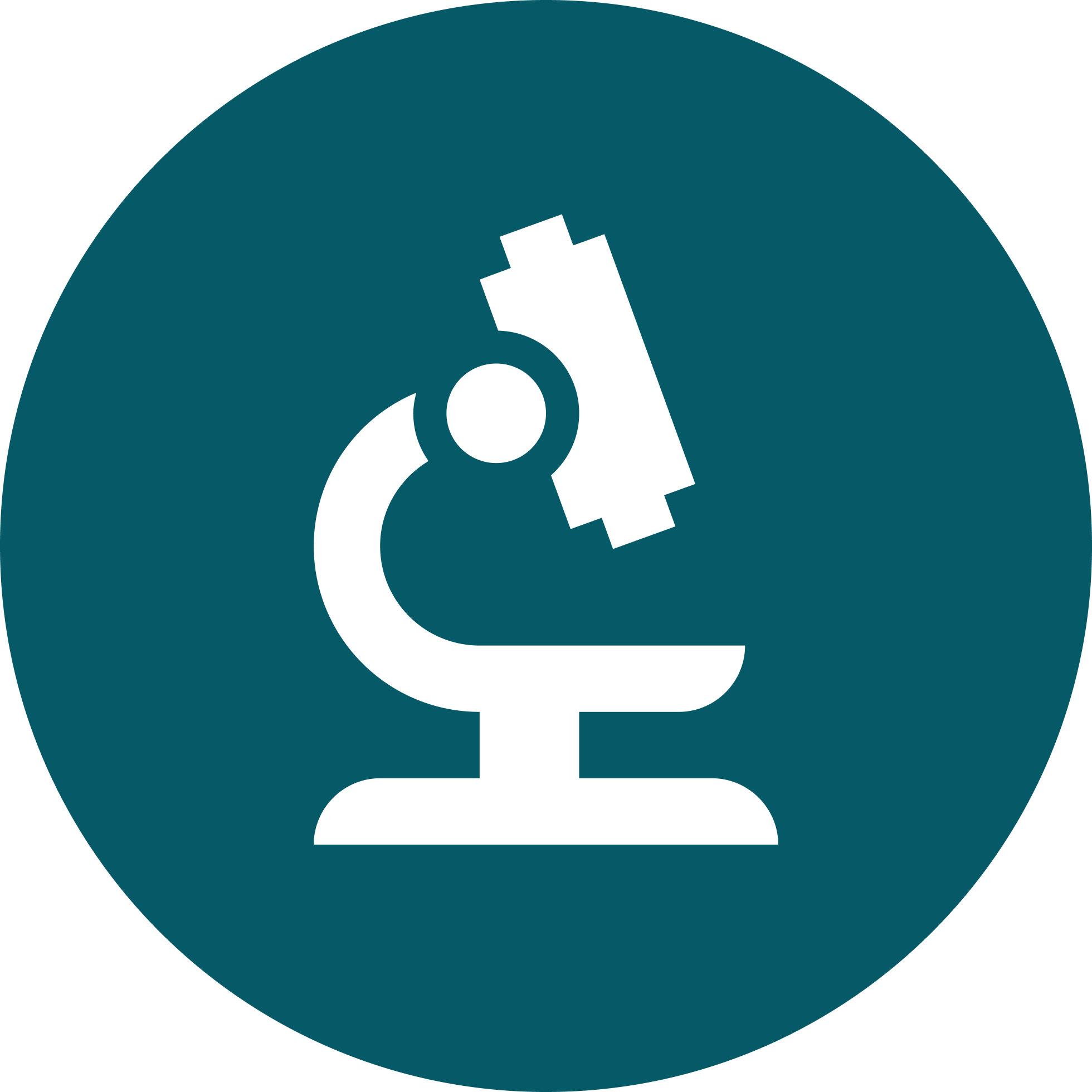

Here’s a much better idea of meat, that doesn’t cause cognitive decline.


Here’s a much better idea of meat, that doesn’t cause cognitive decline.


No, that’s really just another thing you’re making up. Take your anti-science somewhere else.


When people say “whole” they’re referring to virtually any plant food that’s in it’s whole, ideally intact, form. For example in descending order:
Chickpea pasta would be comparable to number two on this list, so not bad. Store bought plant milks are not whole foods because the plant solids have been strained out. If you were to make a plant milk by, say, blending whole soy beans or almonds in water, that would be a whole food.


It’s from two of the largest, most rigorous cohorts in the country. I am definitely going to trust this science over the flippant comment of an internet rando anyday.
That just takes something already bad, and makes it much worse.